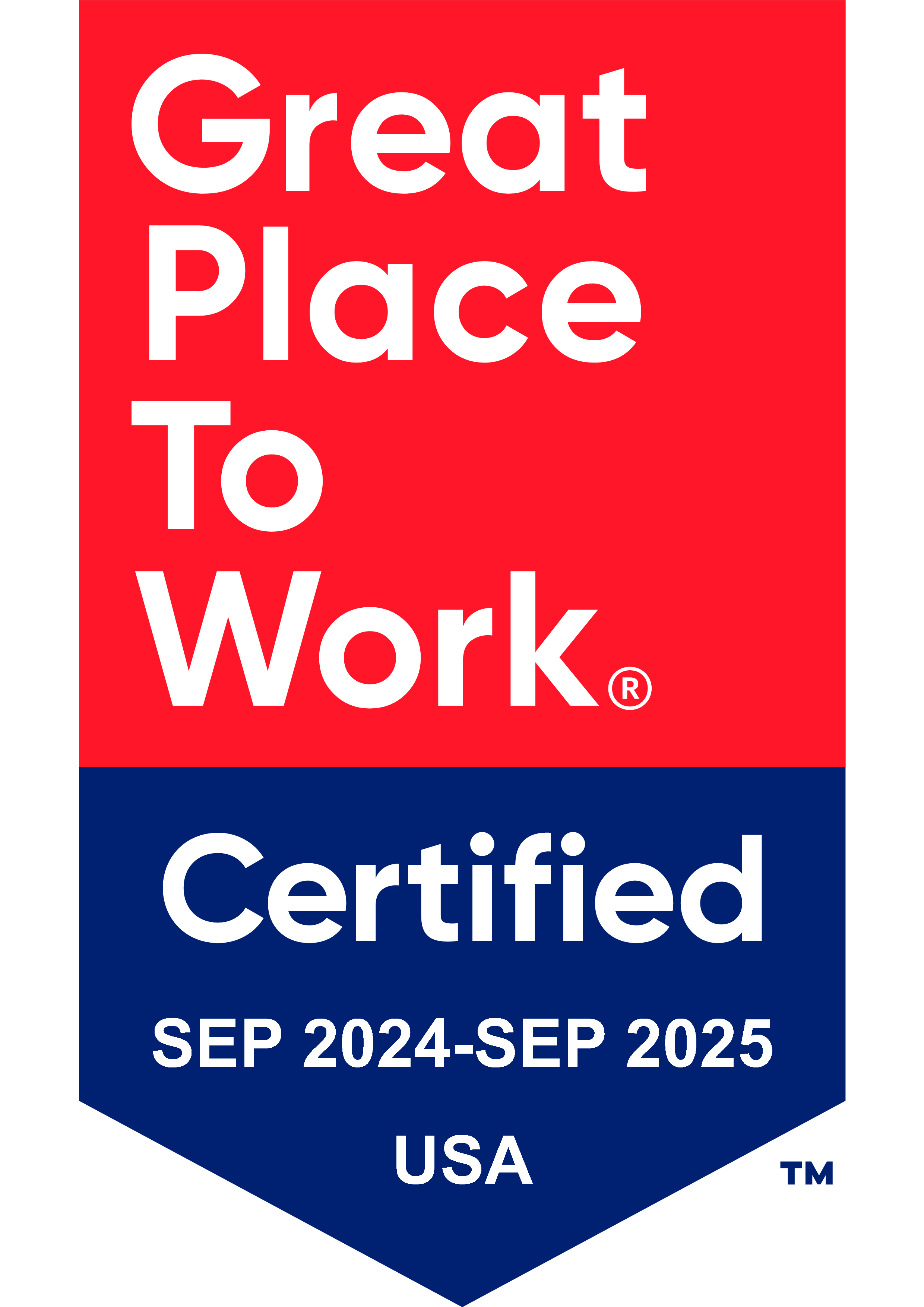Business FAQs
Check the list of documents you'll need to open a business checking or savings account.
FDIC-Insured - Backed by the full faith and credit of the U.S. Government

Use our search to find products, locations, resources, or information.
Business FAQs
Check the list of documents you'll need to open a business checking or savings account.
Freezing your credit is the best way to keep criminals from accessing it without your consent. A credit freeze makes your credit report off-limits to anyone who does not already have access to it. If you want to freeze your credit, you’ll need to contact each of the three major credit bureaus individually since each has a slightly different process. Generally, you need to provide your social security number, birthdate and other information to confirm your identity.
We recommend following these five best practices:
Phishing is the fraudulent attempt to obtain sensitive information such as usernames, password and account information, often for malicious reasons, by disguising as a trustworthy entity in an electronic communication.
Here are five simple ways to protect yourself against phishing and other online scams:
Passwords can be inconvenient, but they’re important if you want to keep your information safe. Protecting your personal information starts with STOP. THINK. CONNECT.™ Take security precautions, think about the consequences of your actions online and enjoy the internet with peace of mind. Here are some simple ways to secure your accounts through better password practices.
We value our business member relationships immensely. That's why we strive to make the account-opening process as efficient and enjoyable as possible.
To that end, we want to expedite the documentation process imposed by
We value our business member relationships immensely. That's why we strive to make the account-opening process as efficient and enjoyable as possible.
To that end, we want to expedite the documentation process imposed by new rules under the Bank Secrecy Act. These new rules will help the government fight crimes to evade financial measures designed to combat terrorism and other national security threats.
Each time any deposit account or safe deposit box is opened or renewed for a covered Legal Entity, we'll be required to ask you for the name, address, date of birth and Social Security Number* for the following individuals. It is possible that in some circumstances the same individual might be identified under both sections (e.g., the President of Acme, Inc. who also holds a 30% equity interest).
under the Bank Secrecy Act. These new rules will help the government fight crimes to evade financial measures designed to combat terrorism and other national security threats.
Each time any deposit account or safe deposit box is opened or renewed for a covered Legal Entity, we'll be required to ask you for the name, address, date of birth and Social Security Number* for the following individuals. It is possible that in some circumstances the same individual might be identified under both sections (e.g., the President of Acme, Inc. who also holds a 30% equity interest).
One individual with significant responsibility for managing the legal entity, such as:
A Beneficial Owner is an individual who owns or controls the entity doing business with Maspeth Federal Savings. Federal regulation requires financial institutions to obtain, verify and record information about the Beneficial Owner.
The following individuals are considered Beneficial Owners:
*In some cases, we may require additional supporting documentation to approve your application, including a report from a consumer reporting agency.
Note: If you are currently registered with the Secretary of State/Department of State, you will also have to register with the federal government. Two timing requirements for existing and new businesses:
This new regulation will require you to provide information on your business, your business owners and control persons. Many businesses will be excluded or exempt. Read more about it in the Small Business Compliance Guide and the U.S. Treasury Beneficial Ownership Information FAQs.
Build credit – and earn cash back, rewards and travel incentives1 while you're at it.
Find a range of commercial lending loans backed by in-house service – and see what makes us a trusted commercial lender in Queens and Long Island.


© 2025 Maspeth Federal Savings. All rights Reserved


